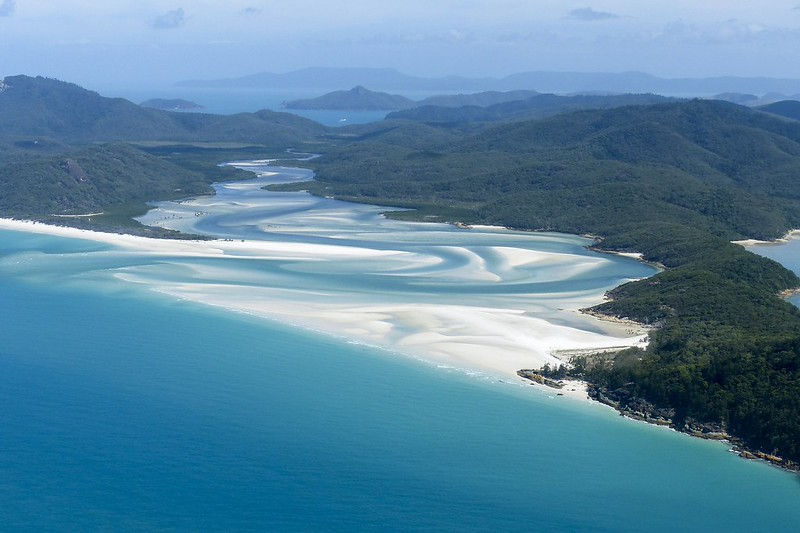National Park Series - Jostedalsbreen National Park: Norway's Glacial Gem
- Inga

- Oct 15, 2023
- 3 min read
Jostedalsbreen National Park, located in the heart of Western Norway, is a testament to the awe-inspiring beauty of the Scandinavian wilderness. Spanning over 1,310 square kilometres, it is the largest national park in mainland Norway and is home to a stunning array of landscapes, from towering glaciers to deep valleys, lush forests, and pristine lakes. In this article, we'll explore the wonders of Jostedalsbreen National Park and its significance as a natural treasure and environmental refuge.

A Land of Glaciers
The park is named after the Jostedalsbreen Glacier, which is the largest glacier in continental Europe. This massive ice cap covers an area of approximately 487 square kilometres and is the central feature of the national park. Jostedalsbreen Glacier boasts numerous arms, of which Nigardsbreen and Briksdalsbreen are the most famous, drawing thousands of tourists each year.
The glacier is a remnant of the last ice age, which sculpted Norway's rugged terrain. Its creation can be traced back to the shifting of enormous ice masses over millennia, resulting in deep valleys, jagged mountains, and iconic fjords. These geological marvels are the backdrop to a park that offers unparalleled natural beauty

A Rich Biodiversity
Jostedalsbreen National Park is not just about ice; it is a haven for a remarkable variety of wildlife and flora. Despite the challenging climate and terrain, the park hosts diverse ecosystems, including mountain heaths, forests, and alpine meadows. These ecosystems support a range of species, including reindeer, wolverines, and various bird species.
The park is a dream destination for birdwatchers, with species like the white-throated dipper, willow ptarmigan, and golden eagle making appearances. Hiking in the park provides opportunities to spot these animals in their natural habitat, making for an unforgettable experience.


Hiking and Outdoor Activities
Jostedalsbreen National Park offers a wealth of outdoor activities for adventure enthusiasts. Hiking is a popular choice, with well-marked trails that take you through the park's breathtaking landscapes. From leisurely walks along pristine lakes to challenging climbs up rugged mountains, the park caters to all levels of hikers.
One of the most iconic hikes in the park is the trek to Briksdalsbreen Glacier. This hike provides a close encounter with the glacier's terminus, offering stunning views of the milky-blue ice and the meltwater lake below. The hike to Nigardsbreen Glacier is equally rewarding, as it takes you through the valley and up to the glacier's icy surface. Guided glacier tours are also available for those who want to explore the glacier itself and learn about its formation and history.

The Nigardsbreen Glacier Experience
Nigardsbreen Glacier, a branch of Jostedalsbreen, deserves special mention. It is known for its accessibility, allowing visitors to get up close and personal with a glacier. Tourists can drive directly to the base of the glacier from the village of Gaupne, where they can embark on guided tours, hikes, and ice climbing adventures.
Nigardsbreen Glacier provides a unique opportunity to witness the dramatic effects of climate change. Over the past century, this glacier has been receding at an alarming rate, a stark reminder of the urgent need to address climate change. The glacier's retreat is also affecting the local ecosystem and contributing to rising sea levels, underlining the global significance of this glacial environment.

Conservation and Climate Change
Preserving the natural beauty and fragile ecosystems of Jostedalsbreen National Park is of paramount importance. As climate change continues to impact the park, its glaciers are receding, and its wildlife habitats are under threat. The park's management and conservation efforts are crucial to ensuring the long-term survival of these landscapes.
To address climate change and protect the park's unique environment, Norway is committed to sustainability and responsible tourism. Visitors are encouraged to follow Leave No Trace principles, stay on marked trails, and respect wildlife and their habitats.
Jostedalsbreen National Park is a testament to Norway's commitment to preserving its natural heritage. This expansive park, with its towering glaciers, diverse ecosystems, and outdoor adventures, offers an unparalleled opportunity to connect with nature and reflect on the urgent need for environmental conservation.
Visiting Jostedalsbreen National Park is not just a journey into breathtaking scenery; it is an invitation to explore the interconnectedness of our planet. As we marvel at the ice formations and embrace the challenges of the rugged terrain, we are reminded of our responsibility to protect this fragile environment for future generations. In the face of climate change, Jostedalsbreen National Park stands as a reminder that our actions matter, and it is our duty to be stewards of this glacial gem and the planet at large.
⛰️
REFERENCE
Wikipedia Jostedalsbreen National Park
https://en.wikipedia.org/wiki/Jostedalsbreen_National_Park






Comments